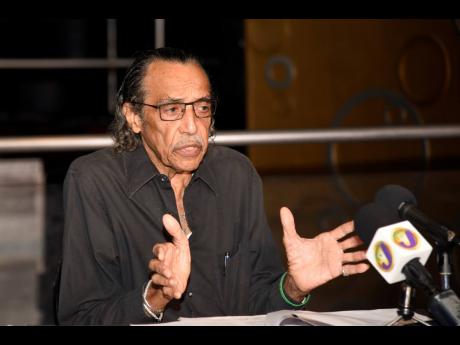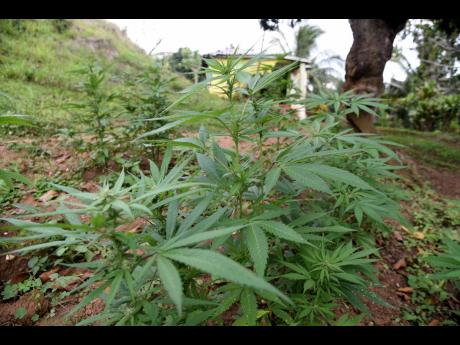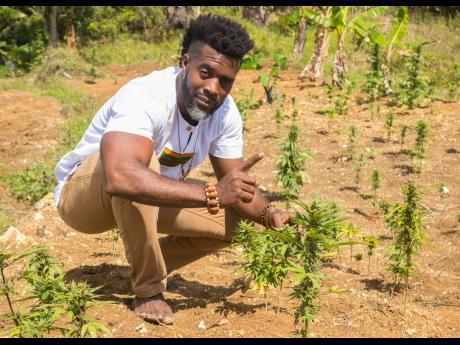Accompong Maroons willing to accommodate ganja farmers
WESTERN BUREAU:
LEADER OF the Accompong Town Maroons in St Elizabeth, Richard Currie, has said they are prepared to use their lands to help propel small, traditional ganja farmers into the legal cannabis industry.
The outspoken Currie also said that the Cannabis Licensing Authority (CLA) and the Government are sleeping on the job.
In a landmark decision, the then governing People’s National Party amended the Dangerous Drug Act in 2015, which saw the decriminalisation of up to two ounces of ganja. It also authorised the establishment of a CLA, which gave permission for each household to legally grow no more than five marijuana plants.
“If the Jamaican Government was serious about making strides, I have already made a suggestion in using the Accompong Town Maroons space as an incubator to facilitate building out this industry for farmers who don’t have lands,” said Currie, chief of the Accompong Maroons.
He said the Maroons have 1,200 acres of arable lands “that we could facilitate them (ganja farmers) in growing the plants here. We could set up the industry here and facilitate the external parties”.
According to Currie, he has long pitched this proposal to the leadership of the CLA and the Jamaica ganja growers association, and has grown tired of meetings that have not moved forward.
“This is something worthwhile exploring which will help to put aside a lot of the nonsense that is going on right now if they were starting to think on their feet and not through their political channels,” he noted.
However, the Maroon ganja grower acknowledged that part of the challenge Government is facing in moving the ganja industry to the next level has to do with international treaties that they have signed, along with its own legislative framework.
“It’s a collaborative effort that could have been addressed a long time ago if a serious look was put into the Maroon lands as an incubator for the industry,” the Accompong leader argued. “This we could develop into what we call a legitimate and regulated industry, without being flagged by the international community.”
President of the Ganja Growers and Producers Association of Jamaica (GGPAJ), Richard ‘Dickie’ Crawford, said his members are in full support of the proposal to formalise an agreement to have small traditional ganja farmers planting their weed on Maroon lands.
“That proposal has all the ingredients to be successful,” Crawford declared.
Crawford described the proposal as a very good idea that will put farmers into the legal framework.
When quizzed as to whether the proposal would work, given the strident push by Maroons to be treated as a state within Jamaica, Crawford said they could not make that claim because any agreement will need to be properly signed off under a memorandum of understanding.
“I don’t think you would have that happening. We will have a signed agreement which many of us will have to preside over,” he told The Gleaner.
“It can’t be a slap situation. You can’t do that to people and you would be defeating the very purpose that you want to grow,” the GGPAJ president added.
For hemp and ganja farmers in Westmoreland, the idea is a good one, but they are more concerned about growing their weed at home.
“Accompong Town in St Elizabeth don’t produce the type of weed that we produce here in Westmoreland,” Delroy Johnson, president of the Westmoreland Hemp and Ganja Farmers Association, told The Gleaner on Tuesday.
“We can’t afford to lose the fragrance, taste and quality with which Westmoreland and Orange Hill weed, in particular, is known for worldwide,” he argued.



